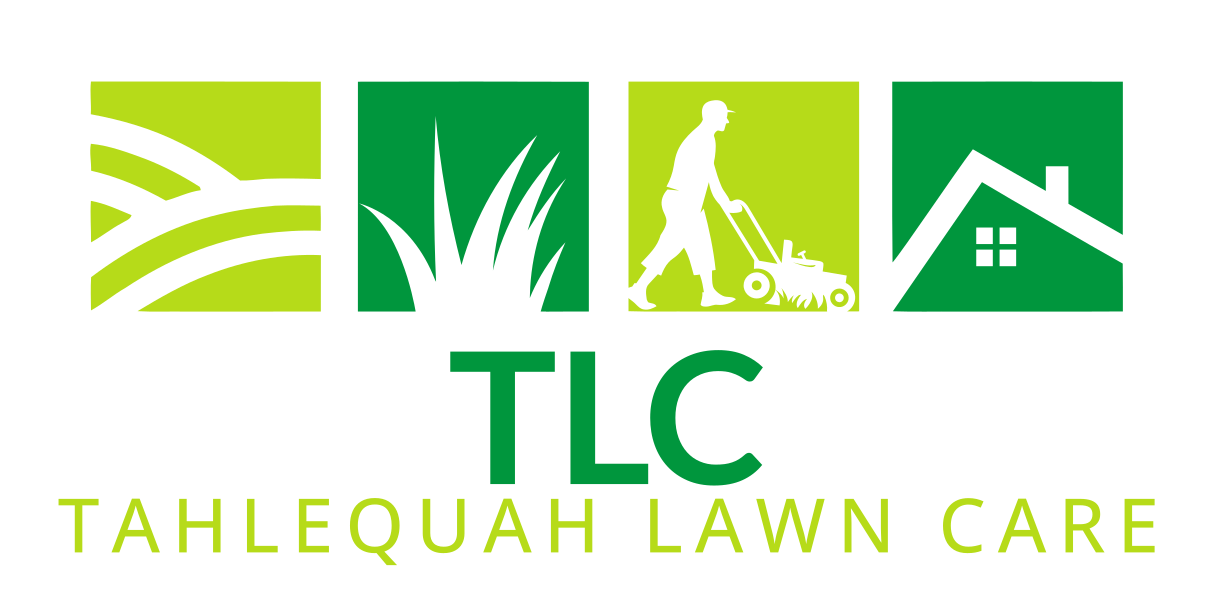Description
The Moso Bamboo, scientifically known as Phyllostachys edulis, is a majestic species of bamboo known for its distinctive, towering stature and versatility. A member of the Poaceae family and Arundinarieae tribe, it stands tall at a staggering height of 10 to 23 meters, with a diameter ranging from 8 to 18 cm.
These bamboos display a running growth habit, characterized by their thin rhizomes that allow them to spread over large distances. This trait makes them potentially invasive but also beneficial for areas requiring erosion control. Their hardiness allows them to withstand temperatures as low as -18°C, making them suitable for both temperate and subtropical climates.
One of the defining features of Moso Bamboo is its culms, which are velvety gray-green when young and transform into a striking blend of deep green, yellow-green, and almost orange-green as they mature. The culms are typically around 18 meters tall and 11 cm in diameter but can reach up to 23 meters in height and 18 cm in diameter. These culms are coated in fine, soft hairs, offering protection against insects.
The culm sheaths are yellow-brown or purple-brown in color, adorned with dark brown spots and densely covered with brown hairs. The bamboo branches at each node, with one branch often larger than the other. The leaves of Moso Bamboo are relatively small compared to the plant’s size, featuring a pale green upper surface and a matte green underside.
Moso Bamboo hails from the subtropical monsoon climate zones of China and Taiwan, where it is accustomed to warm, rainy summers and cold, dry winters. The ideal environment for Moso Bamboo is one with an annual temperature between 15 to 21°C, annual precipitation of 800 to 1800 mm, and relative humidity over 80%. It thrives at altitudes between 100 and 700 m and can tolerate well-drained acidic, neutral purple, yellow soil, and reddish-yellow soil.
A fascinating feature of Moso Bamboo is its rare flowering cycle, which occurs only once every 48-67 years. Unlike most bamboo species, which often die after flowering due to the enormous energy expenditure, Moso Bamboo sometimes survives this phase.
Moso Bamboo’s uses are incredibly diverse, extending from timber, fencing, furniture, construction, paper pulp, plywood, and flooring to musical instruments, utensils, and rayon for textiles. The edible shoots are a popular food source locally and internationally, and its juice is used to produce bamboo beer. Additionally, bamboo charcoal derived from Moso Bamboo is utilized in the food, dye, and medical industries.
Cultivating Moso Bamboo requires a warm, humid climate with fertile, humus-rich, moist but well-drained soils. It can take about 5 years for a grove to form and roughly 10 years to establish a grove with a 10 to 12 cm culm diameter from a planted seedling. It has a significant yield potential, with a hectare of Moso Bamboo forest capable of producing 6 to 10 tons per year of fresh culms and 5 to 8 tons per year of bamboo shoots.
Introduced to Japan, Europe, and the United States centuries ago, it now covers vast expanses in these regions, particularly in Japan and China. Moso Bamboo is the most important bamboo species in China and the third most important plant species for timber production, covering about 2% of the total Chinese forest area. Over the past 30 years, the Moso Bamboo forest resource has doubled, testament to its resilience and adaptability.



